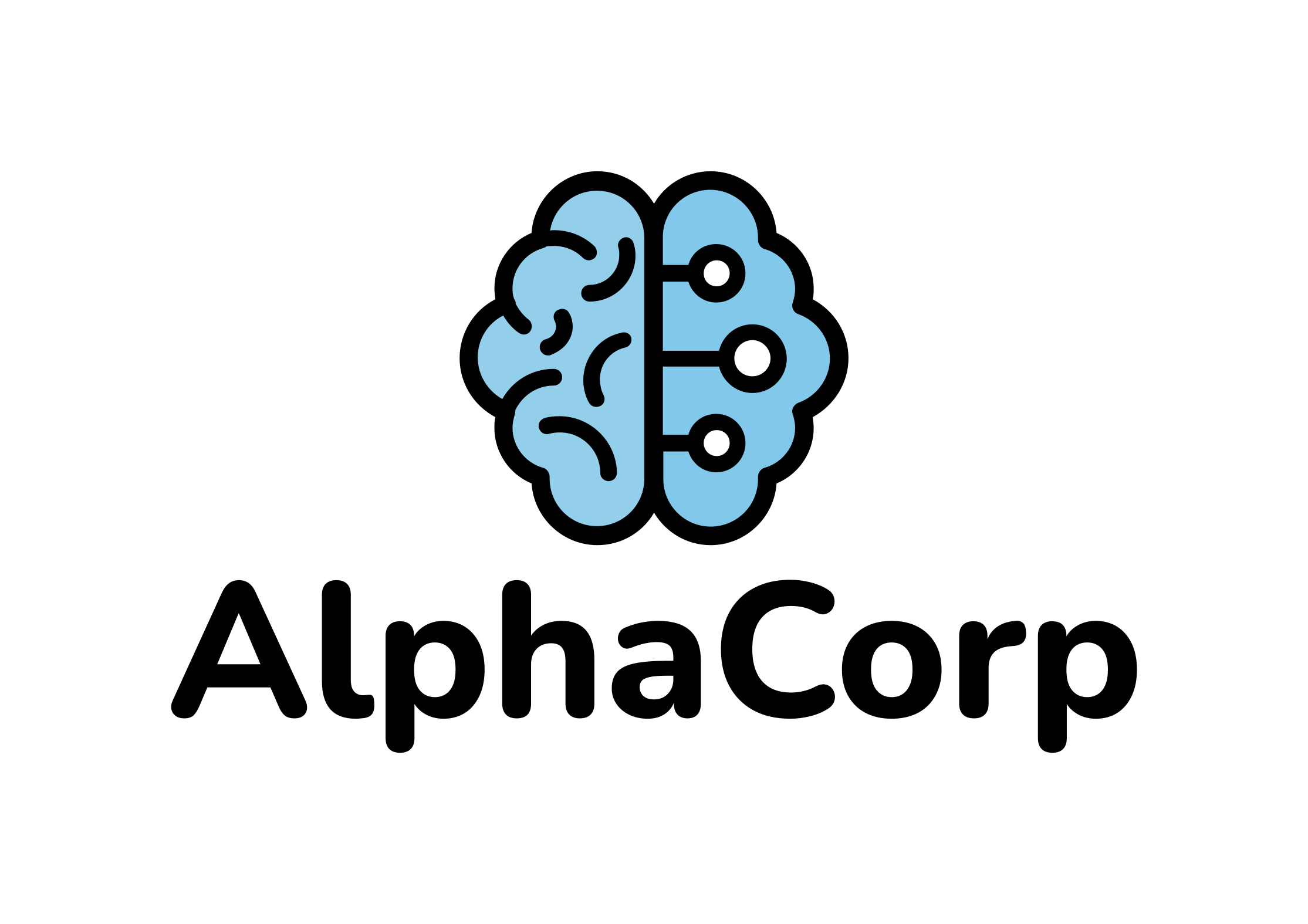Choosing between Gemini 3, Grok 4.1, and GPT-5.1 in late 2025 isn’t easy. These three frontier AI models from Google, xAI, and OpenAI define the cutting edge of reasoning, multimodal understanding, and enterprise AI. Each has unique strengths—Gemini 3 leads on advanced reasoning and reliability, Grok 4.1 (within the Grok 4 family) dominates in ultra-large context and low cost, and GPT-5.1 continues to shine as a generalist with strong coding performance.
Quick answer:
- Gemini 3 Pro (Preview) is best for enterprises and researchers who need top-tier reasoning, multimodal capability, and clear SLAs.
- Grok 4.1 is ideal for massive-context, cost-sensitive workloads, backed by xAI’s cost-efficient Grok 4 Fast API tier for long-context jobs.
- GPT-5.1 remains a solid all-rounder for coding and general tasks, though pricing and SLAs were not fully documented in the available research.
This comparison draws exclusively from verifiable sources as of November 18, 2025, including Google DeepMind, xAI, and Vellum’s LLM leaderboard. Let’s examine how these models stack up across performance, pricing, and production readiness.
Quick Overview: Gemini 3 vs Grok 4.1 vs GPT-5.1
| Feature / Criterion | Gemini 3 Pro (Preview) | Grok 4.1 (Grok 4 Fast) | GPT-5.1 |
|---|---|---|---|
| Provider | Google DeepMind / Google Cloud Vertex AI | xAI | OpenAI |
| Context Window | 1M input / 64K output tokens | Up to 2M tokens | Not documented in corpus |
| Modalities | Text, Image, Video, Audio, PDF (input); text output on Vertex AI | Text (primary); function calling and structured outputs | Multimodal (per leaderboards) |
| Tool Use | Function calling, structured outputs, search as a tool, code execution | Function calling, structured outputs | Advanced tooling not detailed here |
| HLE Benchmark (advanced reasoning) | 45.8% with tools (leader) | Competitive but not top in available data | Strong overall; exact HLE not listed |
| SLA / SLO | 99.5% monthly uptime on Vertex AI | Not documented here | Not documented here |
| Pricing (example) | $2 input / $12 output per M tokens (≤ 200K) | $0.20 input / $0.50 output per M tokens (typical Fast tier) | Not available in sources |
| Ideal for | Enterprise AI with SLA and multimodal reasoning | Massive-context, low-cost reasoning workloads | General coding and broad use-case compatibility |
According to Google DeepMind’s documentation, Gemini 3 Pro currently leads on Humanity’s Last Exam (HLE), a demanding benchmark for expert-level reasoning.
Price and Value
Gemini 3 Pro (Preview)
On Vertex AI’s pricing page, Gemini 3 Pro charges:
- $2 input / $12 output per million tokens for contexts ≤ 200K.
- $4 input / $18 output per million tokens for contexts > 200K.
- Batch API discounts ~50%.
- Caching reduces repeated input cost to as low as $0.20 per million tokens.
Transparent pricing, clear long-context billing, and documented 99.5% uptime SLO make Gemini 3 predictable for enterprise budgets.
Grok 4.1 and Grok 4 Fast (xAI)
xAI’s published API pricing for the Grok 4 family currently refers to Grok 4 Fast at roughly $0.20 input / $0.50 output per million tokens, with 2M-token context support. Grok 4.1 shares this ultra-long context window at the family level and is delivered to end-users via grok.com, X, and the mobile apps, so in practice most cost-sensitive Grok 4.1 workloads lean on this Grok 4 Fast pricing tier. That’s far cheaper per token than Gemini 3, though no public SLA or caching policy appears in the provided materials. For large offline or batch reasoning, the economics are excellent.
GPT-5.1
The corpus lacks official OpenAI pricing for GPT-5.1. Without verified rates, total cost of ownership (TCO) comparisons remain incomplete. Teams must consult OpenAI directly for current costs.
Verdict:
- Best clarity: Gemini 3 Pro.
- Lowest unit cost: the Grok 4.1 / Grok 4 Fast family (with Grok 4 Fast providing the published $0.20 / $0.50 API tier).
- Incomplete data: GPT-5.1.
Key Features and Capabilities
Gemini 3 Pro Highlights
- 1M-token input and 64K-token output windows.
- Multimodal input (text, image, video, audio, PDF).
- Integrated search grounding with 5,000 free queries per month.
- Function calling, structured outputs, and code execution within Vertex AI.
- Antigravity IDE for agentic “vibe coding” and project automation.
- Top scores on HLE (45.8%), ARC-AGI-2 (31.1%), AIME 2025 (100% with tools), and MMMU-Pro (81%).
Grok 4.1 Highlights
- 2M-token context window in the Grok 4 family (via Grok 4 Fast) for ultra-large inputs.
- Built-in function calling and structured outputs, plus native web search tools.
- Grok 4.1 Thinking sits at the top of human-preference leaderboards like LMArena and posts frontier-level scores on EQ-Bench and Creative Writing benchmarks, emphasizing emotional intelligence and creative-writing quality.
- Designed for fast, low-cost reasoning in its non-reasoning mode, with deeper chain-of-thought available in the Thinking configuration.
GPT-5.1 Highlights
- Featured on Vellum’s leaderboard as a top performer across reasoning and coding.
- Demonstrated strong agentic coding performance (~76% on SWE-Bench Verified per comparative charts).
- Full toolset and multimodal specifics not included in the research corpus.
Verdict:
Gemini 3 Pro leads for multimodality and tool integration.
The Grok 4.1 + Grok 4 Fast combination leads for context length and cost-efficiency.
GPT-5.1 remains a balanced generalist.
Ease of Use and Developer Experience
Gemini 3 on Vertex AI
- Unified interface across Gemini App, AI Studio, and Vertex AI.
- System instructions, structured outputs, and code execution supported.
- Batch API and context caching simplify cost control.
- Preview limitations: global endpoints only, text output only on Vertex AI.
- Enterprise-grade integration with Google Cloud security and data residency controls, including the EU Data Boundary.
Grok 4.1 and Grok 4 Fast
- Grok 4.1 is delivered to end-users via grok.com, X, and the official mobile apps, while developers typically integrate the Grok 4 Fast endpoints through the xAI API.
- Function calling, web search, and structured outputs are available in this ecosystem.
- Documentation is lighter on SLAs and enterprise controls than Google Cloud, so teams must validate reliability and compliance independently.
GPT-5.1
- The corpus lacks primary documentation of SDK or API details.
- Known community ecosystem strength—plugins, agents, and coding assistants—but specifics aren’t included here.
Verdict:
Gemini 3 offers the most enterprise-ready developer environment today. Grok 4 is simpler and cheaper; GPT-5.1’s dev experience can’t be fully assessed from available data.
Performance and Quality
Benchmark Results (Highlights)
| Benchmark | Gemini 3 Pro | Grok 4 x | GPT-5.1 |
|---|---|---|---|
| HLE (advanced reasoning) | 45.8% with tools (leader) | Competitive but below Gemini 3 | Top tier prior to Gemini 3 release |
| ARC-AGI-2 (visual reasoning) | 31.1% | N/A | N/A |
| GPQA Diamond (science QA) | 91.9% | N/A | 88.1% |
| AIME 2025 (math) | 95% no tools / 100% with tools | N/A | N/A |
| SWE-Bench Verified (coding) | 76.2% | Strong coding focus per xAI docs | Comparable 76% range |
| MRCR v2 (1M context retrieval) | 26.3% pointwise | 2M context supported (no score listed) | Not documented here |
On Humanity’s Last Exam, Gemini 3 Pro achieved the highest reported score (45.8% with tools), marking a genuine leap in non-saturated reasoning performance.
Verdict:
Gemini 3 Pro currently tops the reasoning leaderboards.
Grok 4 excels in scale and cost; GPT-5.1 remains competitive for coding.
Reliability and Enterprise Features
Gemini 3 Pro (Preview)
- 99.5% monthly uptime SLO with tiered credits outlined in Google Cloud’s SLA.
- Transparent incident reporting via Google Cloud Status.
- Data residency controls: customer-selected region or multi-region; EU Data Boundary for compliance.
- Batch API discounts (~50%) and cached-token billing reduce TCO.
Grok 4.1 and Grok 4 Fast
- No public SLA or residency documentation in the corpus.
- Regional endpoints available; customers should negotiate support and reliability terms directly with xAI.
GPT-5.1
- SLA and residency information not included in available sources.
Verdict:
For enterprises needing guaranteed uptime and compliance, Gemini 3 is the clear leader.
Pros and Cons
Gemini 3 Pro (Preview)
Pros
- State-of-the-art reasoning (HLE 45.8%).
- Multimodal inputs (text, image, video, audio, PDF).
- Transparent pricing and 99.5% SLA.
- Batch and caching tools for cost optimization.
- Integrated search grounding with free quota.
Cons
- Preview status — possible feature changes.
- Text-only output on Vertex AI today.
- Global endpoint may limit data-residency control.
Grok 4.1 and Grok 4 Fast (xAI)
Pros
- Exceptional 2M-token context capacity in the Grok 4 family (via Grok 4 Fast).
- Very low per-token costs on the Grok 4 Fast API tier.
- Built-in function calling, native web search, and structured outputs.
- Grok 4.1 ranks at the top of human-preference and emotional-intelligence benchmarks (LMArena, EQ-Bench, Creative Writing), making it especially strong for chat, creative writing, and empathetic support.
- Ideal for batch or offline reasoning at scale when paired with Grok 4 Fast.
Cons
- No public SLA or uptime guarantee for the Grok 4 family yet.
- Multimodal support is more limited than Gemini 3 today, with a heavier focus on text in the Fast/API tier.
- Sparse enterprise controls and documentation compared with providers like Google Cloud or OpenAI.
GPT-5.1 (OpenAI)
Pros
- Strong generalist and coding performance.
- Broad developer ecosystem and community validation.
- Likely mature tooling based on OpenAI history.
Cons
- Pricing and SLA not included in available sources.
- Harder to model TCO and compliance risk without official docs.
- Unverified context limit within this research.
When to Choose Each Model
When to Choose Gemini 3 Pro (Preview)
- You need top-tier reasoning and multimodal understanding.
- Your organization requires a formal SLA (99.5%) and clear pricing.
- You depend on Google Cloud integration, data residency, and security controls.
- You manage long-context (1M-token) workloads with caching and batch optimization.
When to Choose Grok 4.1 (with Grok 4 Fast for heavy API workloads)
- You process very large documents or contexts (up to 2M tokens).
- Cost efficiency is your main priority.
- You can operate without formal SLA or regional compliance requirements.
- Ideal for batch research and offline reasoning pipelines.
When to Choose GPT-5.1
- You’re already invested in OpenAI’s ecosystem and tooling.
- You rely on code generation or general assistant tasks validated in your organization.
- You can obtain current pricing and SLA info directly from OpenAI for budgeting.
When to Consider Alternatives
If none of these fully fit—e.g., you require guaranteed EU data processing plus image generation within the same model—you may combine Gemini 3 for reasoning with a specialized vision model or continue evaluating future GPT releases once pricing and SLAs are public.
Conclusion: The 2025 Winner
Based on all verifiable evidence as of November 18, 2025, Gemini 3 Pro (Preview) delivers the most complete package: unmatched scores on Humanity’s Last Exam, clear enterprise SLA (99.5%), transparent pricing with batch and caching discounts, and strong multimodal coverage.
Grok 4.1, backed by the Grok 4 Fast API tier, wins on cost and context length, making it perfect for massive-scale reasoning pipelines with looser reliability constraints.
GPT-5.1 remains a trusted generalist with excellent coding skills, but without official pricing and SLA data here, it’s hard to model its true enterprise cost.
Final recommendation:
- Choose Gemini 3 Pro (Preview) if you need reasoning leadership and enterprise assurance.
- Choose Grok 4.1 (and lean on Grok 4 Fast for heavy API calls) if cost and context scale are your top concerns.
- Stick with GPT-5.1 if you’re deeply embedded in OpenAI’s ecosystem and it meets your task benchmarks.
Whichever you pick, 2025 marks a clear shift toward transparent pricing, long-context reasoning, and verifiable reliability—areas where Gemini 3 currently sets the pace.

